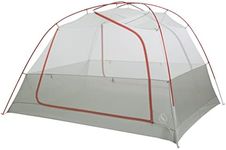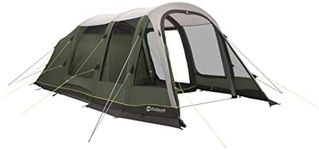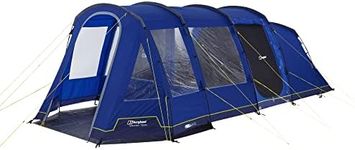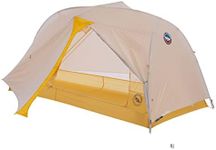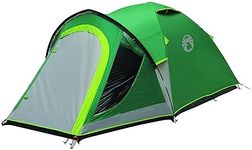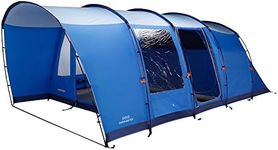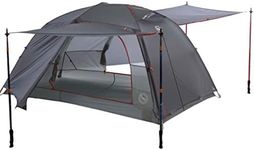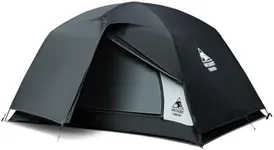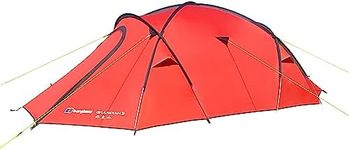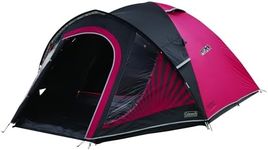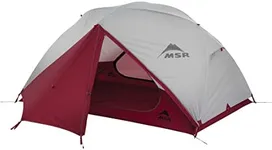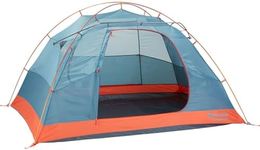Buying Guide for the Best Waterproof Tents
Choosing the right waterproof tent is crucial for ensuring a comfortable and dry camping experience. When selecting a tent, consider factors such as the weather conditions you expect to encounter, the number of people who will be using the tent, and the type of camping you plan to do. A good waterproof tent will protect you from rain and moisture, keeping you dry and warm. It's important to understand the key specifications that determine a tent's waterproof capabilities and overall suitability for your needs.Waterproof RatingThe waterproof rating of a tent is measured in millimeters and indicates how much water pressure the fabric can withstand before leaking. This spec is crucial for ensuring that your tent remains dry during heavy rain. Ratings typically range from 800mm to 10,000mm. For light rain and occasional showers, a rating of 800mm to 1,500mm may suffice. For moderate to heavy rain, look for a rating between 1,500mm and 3,000mm. For extreme weather conditions, a rating above 3,000mm is recommended. Consider the typical weather conditions of your camping destinations to choose the right waterproof rating.
Tent MaterialTent material affects both the waterproof capabilities and durability of the tent. Common materials include polyester, nylon, and canvas. Polyester and nylon are lightweight and often treated with waterproof coatings, making them suitable for most camping conditions. Canvas is heavier but offers excellent durability and water resistance, ideal for long-term use or extreme conditions. If you prioritize lightweight and portability, opt for polyester or nylon. If durability and long-term use are more important, consider canvas.
Seam SealingSeam sealing is the process of applying a waterproof tape or sealant to the seams of the tent to prevent water from seeping through. This spec is important because seams are often the weakest point in a tent's waterproofing. Look for tents with factory-sealed seams for the best protection. If you plan to camp in wet conditions frequently, ensure that the tent has fully sealed seams. For occasional use in dry conditions, seam sealing may be less critical.
VentilationVentilation in a tent is important to prevent condensation buildup, which can lead to dampness inside the tent. Good ventilation is achieved through mesh panels, windows, and vents. This spec is crucial for maintaining comfort and dryness inside the tent. If you are camping in humid or rainy conditions, prioritize tents with ample ventilation options. For cooler, dry climates, ventilation may be less of a concern, but still important for airflow.
Tent Size and CapacityTent size and capacity determine how many people can comfortably sleep inside and how much gear you can store. This spec is important for ensuring that everyone has enough space and that the tent remains functional. Tents are typically rated by the number of people they can accommodate, such as 2-person, 4-person, etc. Consider the number of people and the amount of gear you plan to bring when choosing the size. If you prefer extra space, opt for a tent with a higher capacity than the number of people.

